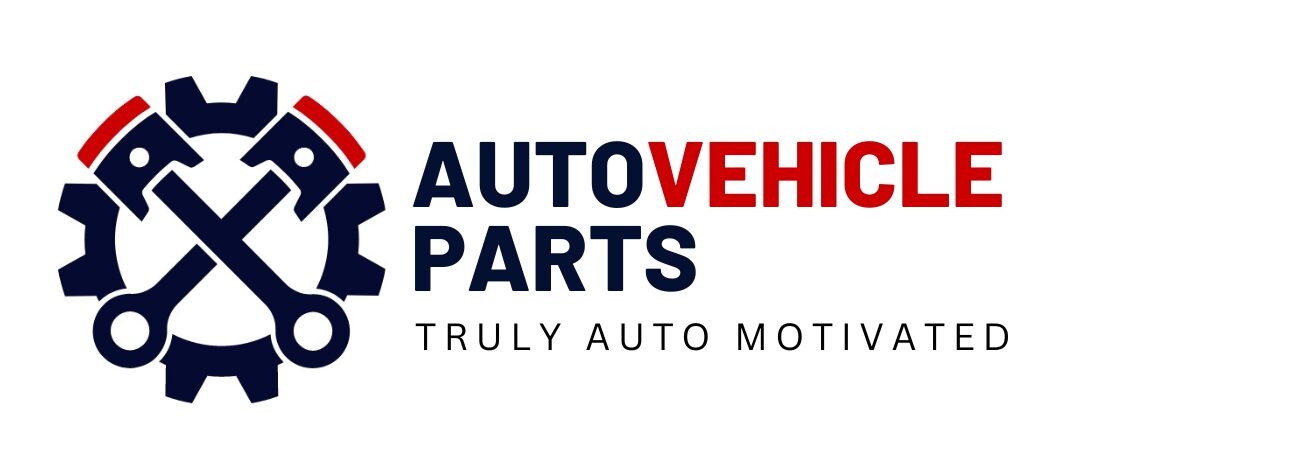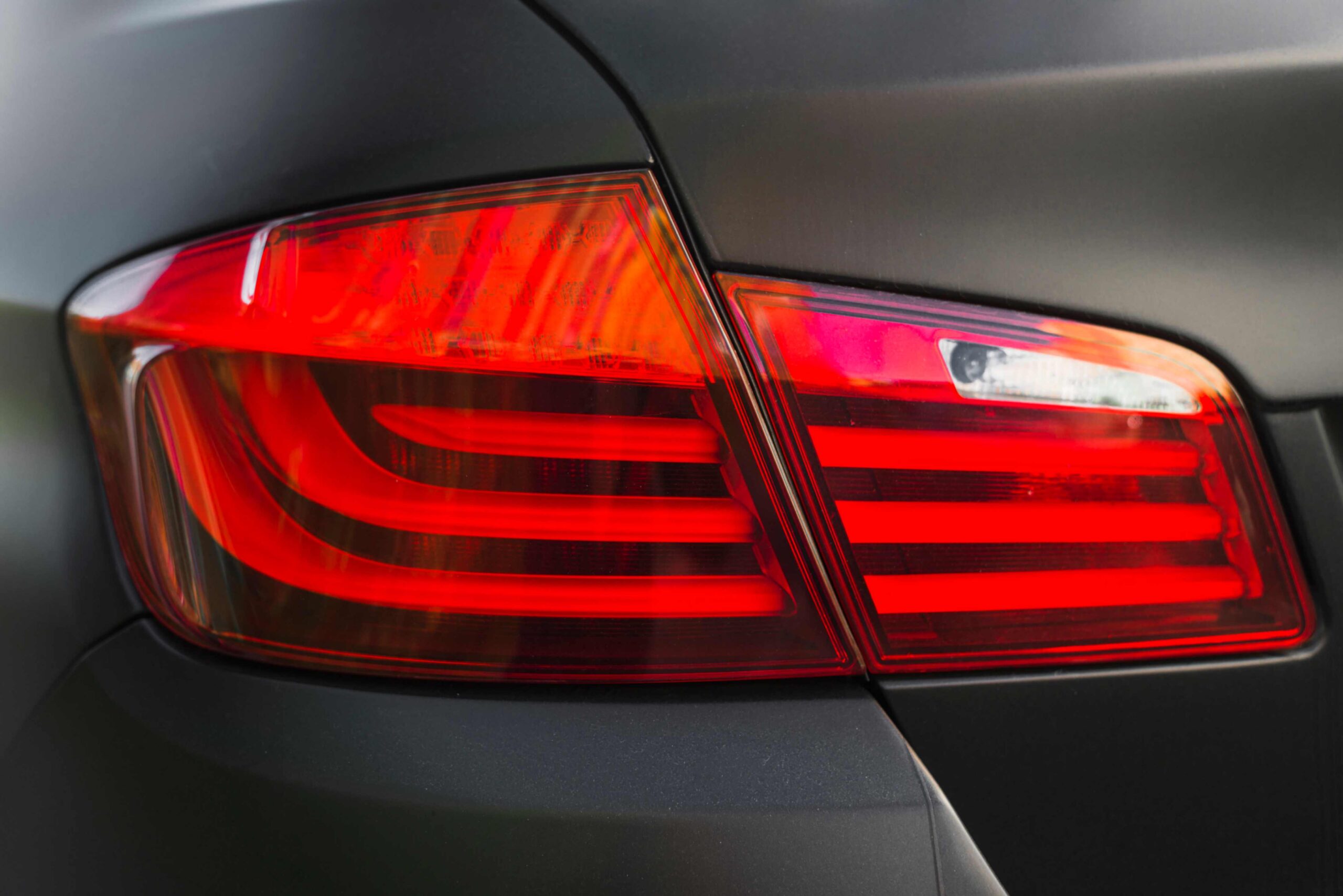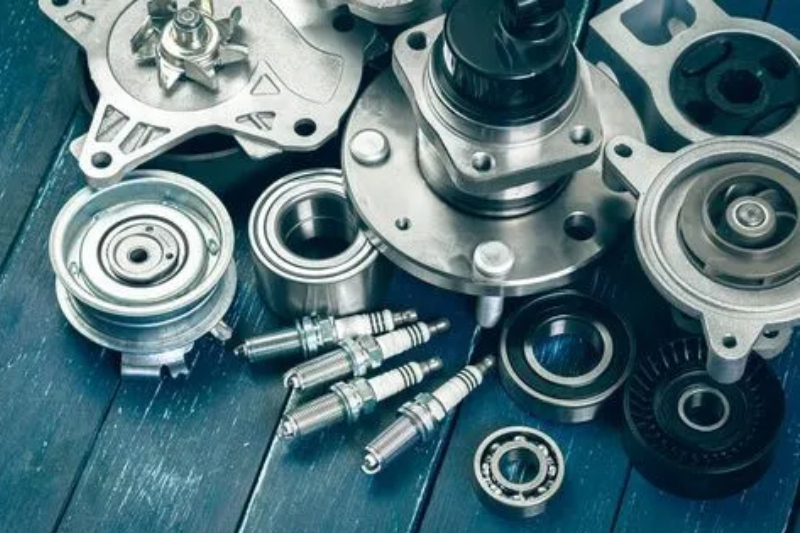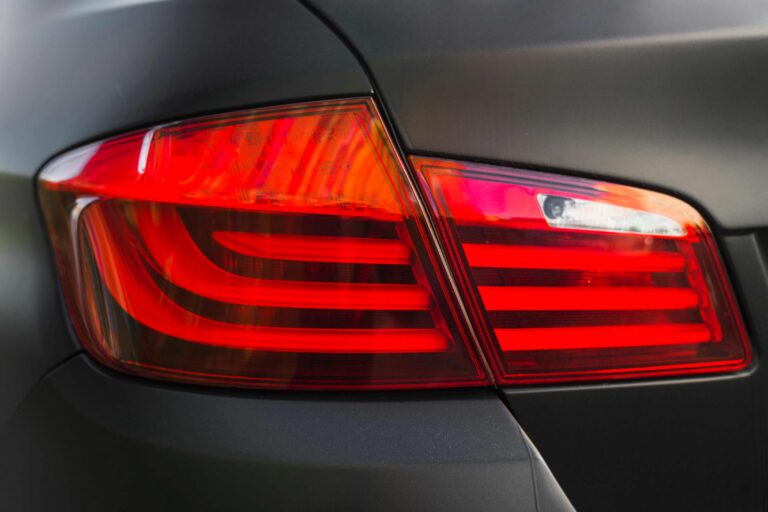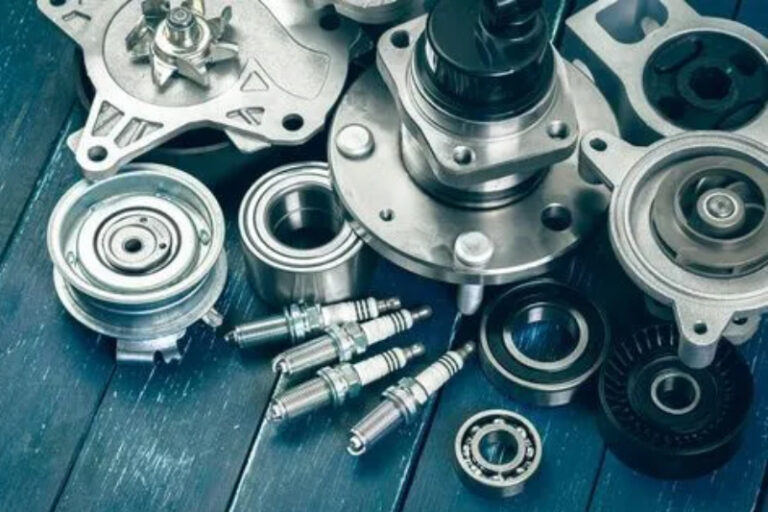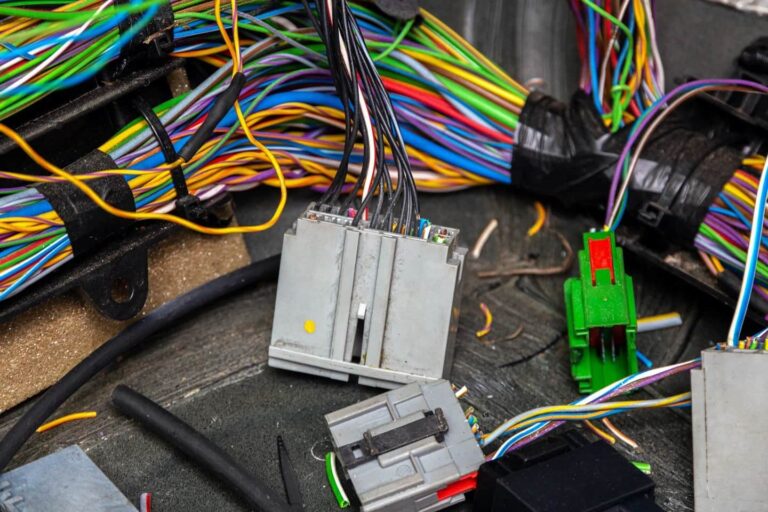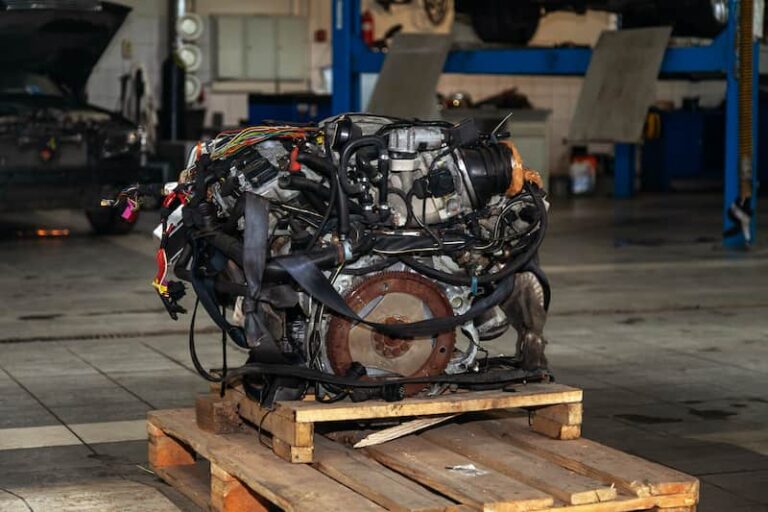The Hyundai Elantra 2010 radiator plays a crucial role in regulating engine temperature and ensuring the vehicle runs efficiently. Much like radiators in other vehicles, its main job is to cool off the engine coolant before it cycles back through the engine. If the radiator fails, becomes clogged, or begins to leak, it will no longer regulate engine heat properly. This can lead to low coolant levels, overheating, and ultimately serious engine damage. Understanding the symptoms of a faulty radiator is essential for maintaining your car’s health and preventing costly repairs.
The 2010 Elantra’s radiator is constructed with a series of aluminum or brass tubes connecting two tanks. A cooling fan blows air across these tubes as coolant flows through them, reducing its temperature before sending it back into the engine. Over time, the radiator can develop cracks, leaks, or blockages that interfere with this process. Drivers often overlook early warning signs, allowing minor radiator issues to escalate into major mechanical failures.

A properly functioning radiator is essential because the engine naturally produces significant heat during operation. The coolant absorbs this heat, cycles into the radiator where it cools, and then returns to regulate the engine temperature. If the radiator becomes clogged or damaged, coolant cannot circulate effectively. This can lead to dangerously high temperatures, increased pressure, and the potential failure of critical engine components such as head gaskets, hoses, and even the engine block.
Below are the most common symptoms that indicate your Hyundai Elantra 2010 radiator may be failing or clogged, along with explanations of what each sign means.

Engine Temperature Rising
The earliest and most obvious symptom of a bad radiator is an overheating engine. When your temperature gauge begins rising above normal levels, it signals the cooling system is struggling. While other issues like thermostat failure can cause overheating, the radiator is often the main culprit. If the radiator is clogged internally, coolant cannot flow freely. If it is cracked or leaking, there may not be enough coolant to properly cool the engine. Frequent overheating should never be ignored, as it can quickly result in severe engine damage.
Leaks Under the Vehicle
Coolant leaks are another strong indicator of a failing radiator. When the radiator’s tanks or tubes crack, coolant begins to drip beneath the vehicle. The color of coolant varies by type – commonly green, yellow, red, or pink. Plastic components inside the radiator can become brittle over time due to heat cycles, vibration, and age. Once these parts crack, leaks develop, and coolant levels drop. Low coolant leads to overheating, and the cycle continues until the radiator is replaced.
Shifting Problems (For Models with Integrated Transmission Cooler)
Some Hyundai Elantra models have a transmission cooler integrated into the radiator. If the radiator develops internal cracks, transmission fluid and coolant may mix – contaminating both systems. This contamination can cause the transmission to slip, jerk, or shift irregularly. If these symptoms appear along with rising temperatures or coolant discoloration, a failing radiator may be responsible.
Coolant Discoloration or Sludge Formation
Healthy coolant is bright in color and flows easily. If your radiator is clogged, contaminants and debris accumulate inside, turning the coolant rusty, dark, or muddy. The consistency may become thicker, resembling sludge. This sludge restricts coolant flow, trapping heat and accelerating overheating. Inspecting the coolant reservoir can reveal early signs of contamination. If coolant appears discolored or unusually thick, a radiator flush or replacement may be needed.
Low Coolant Levels
Consistently low coolant levels may indicate leaks or overheating caused by a failing radiator. When coolant leaks, the system loses fluid. When overheating occurs, components like head gaskets can fail, allowing coolant to burn off inside the engine. If you find yourself topping off coolant frequently, the radiator should be inspected. A cooling system should remain sealed and stable; frequent loss signals internal or external leakage.
Blocked or Damaged Radiator Fins
The radiator fins at the front of the vehicle allow air to flow across the tubes and cool the coolant. These fins easily collect debris such as dirt, bugs, and leaves. If enough buildup occurs, airflow is restricted and cooling efficiency drops. High-pressure water or mishandling during cleaning can also bend the fins. Damaged fins reduce airflow, cause heat retention, and may eventually clog the radiator. Regular cleaning with moderate water pressure helps maintain airflow.
How Urgent Is Radiator Replacement?
Radiator problems should be addressed immediately. Driving with a malfunctioning radiator risks overheating, which can lead to blown head gaskets, warped cylinder heads, and engine failure. The average cost of a Hyundai Elantra 2010 radiator replacement is around $387, including approximately $292 for parts and $95 for labor. Prices may vary by location and mechanic, but delaying repair always leads to more expensive consequences.
If you notice any symptoms above – especially overheating, leaks, or sludge-like coolant – it’s time to inspect the radiator. An experienced mechanic can determine whether the radiator needs flushing, repair, or full replacement.
FAQs
Radiators clog due to debris, rust, old coolant, or internal corrosion. Over time, contaminants restrict coolant flow, leading to overheating and poor radiator performance.
Driving with a bad radiator is unsafe. Overheating can occur within minutes, risking engine failure. If your temperature gauge rises, pull over and seek professional help.
A radiator typically lasts 8 – 10 years. However, poor maintenance, rough driving conditions, and old coolant can shorten its lifespan significantly.
If coolant is slightly dirty but flowing, a flush may fix the issue. If there are leaks, cracks, sludge buildup, or chronic overheating, replacement is the better option.
Dark or thick coolant indicates contamination from rust, debris, or internal radiator corrosion. This is a sign of a clogged or failing radiator and should be addressed promptly.
